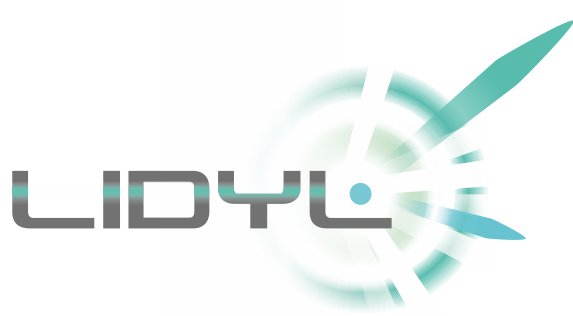 Physique et chimie femtoseconde-attoseconde / Femtosecond-attosecond physics and chemistry
Physique et chimie femtoseconde-attoseconde / Femtosecond-attosecond physics and chemistry
While the pulse durations of infrared lasers are reaching the fundamental limitation imposed by the duration of the optical cycle (a few femtoseconds), High-order Harmonic Generation has recently opened a new field by accessing the attosecond regime (1as = 10-18 s). HHG spectra are made of lines corresponding to the odd multiples of the fundamental laser frequency, and can cover a very broad spectral range, from visible light to soft X-rays.
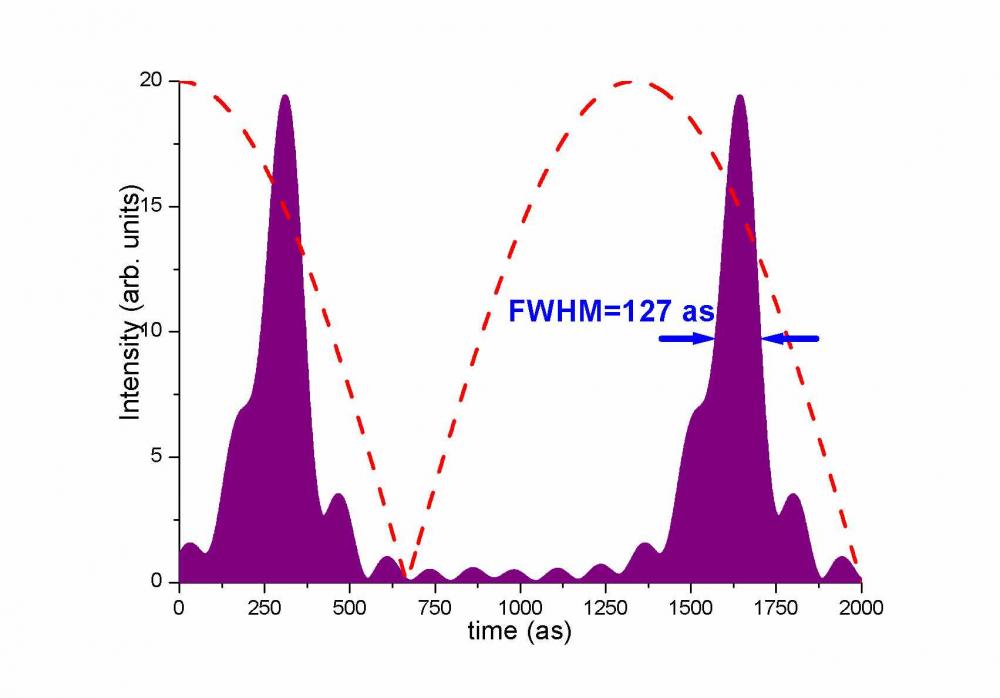
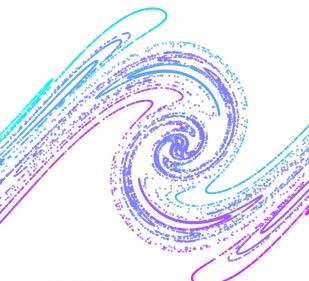
 Simulation numérique et calcul haute performance
Simulation numérique et calcul haute performance
Au LIDYL, les simulations numériques permettent de modéliser l'interaction de la lumière avec la matière en particulier sous l'effet d'impulsions laser de très haute intensité et extrêmement brèves (domaine attoseconde (10-18 s).
Electronic structure and atomistic modelisation
Several IRAMIS teams are involved in calculations of the electronic structure (ab-initio , tight binding, Hückel methods, etc...) and more generally in the modeling of matter at the atomic scale, which also includes more phenomenological methods (empirical potentials, model Hamiltonians, etc...) These modeling tools are mainly developed and used in physics (spectroscopy, transport, magnetism), chemistry (reactivity, dynamics) and for the study of materials (diffusion, growth, defects).


From molecules to molecular materials
To get objects with original features, making molecular materials is addressed by assembling building blocks, as atoms, simple or complex molecules or nanostructures (carbon nanotubes, and graphene sheets in particular) on metallic, inorganic or organic supports, glass ... by "bottom-up" processes.
IRAMIS and the European Large Instruments
From their activities of Basic Research, the scientists of IRAMSI are very present around the French and foreign Large Research Instruments: le Laboratoire Léon Brillouin (LLB), within IRAMIS, and also: l'Institut Laüe-Langevin, the synchrotron facilities (ESRF, ELETTRA et SOLEIL,....), the GANIL ...
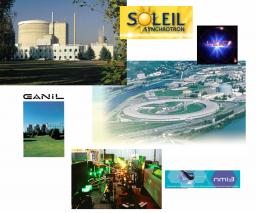
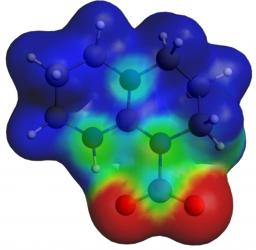
Quantum chemistry and molecular simulations
Theoretical chemistry studies (quantum chemistry, classical and ab initio molecular dynamics simulations) at LCCEF focus on lanthanides and actinides compounds. Domains of application are medical imaging (e.g., MRI) and nuclear sciences. The goal of these theoretical studies is to design new molecular frameworks in liquid state. Some methodological developments are also conducted.
Unconventional superconductivity: neutron spectroscopy and theory
In the last two decades, new superconducting (SC) compounds, exhibiting surprisingly high critical temperatures (Tc), have been discovered. In contrast to conventional superconductors, the SC order parameter is not isotropic, neither in cuprates nor in Fe-based systems. This ignited a search for new SC pairing mechanisms based on the existence of rather strong electronic interactions.

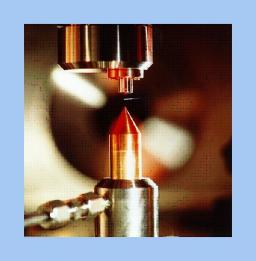
Photosciences: Light plays a role in many physical and chemical processes; it is also an exceptional tool in the investigation of matter. Photo-scientists within laboratories of IRAMIS study the interaction between light and matter as a fundamental process and an analysis tool. Lasers: Photoscience is becoming increasingly important due to the rise of ultra-short light pulses, often ultra-intense.
Solids, surfaces interfaces and materials
Solids, surfaces, interfaces and materials: The ability to understand and foresee properties and functionalities for future materials relies on the comprehension of various fields of science and technical skills, ranging from the most fundamental to potential applications.
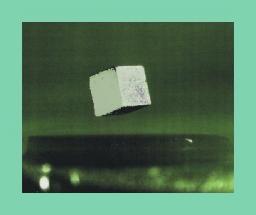
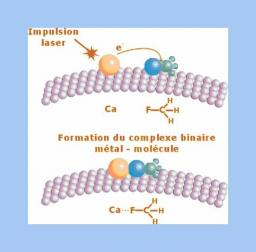
Physico-chemistry and Chemical-physics
A chemical reaction depends not only of atoms and molecules involved but also of their short range environment. Understanding a chemical reaction demands a fundamental approach taking into account both temporal and spatial features. Therefore, IRAMIS implements with lasers, time-resolved spectroscopies in the range from femtosecond to the millisecond, to study the dynamics of molecular systems, like for example DNA biomolecules, or chromophore molecules for photovoltaics.









